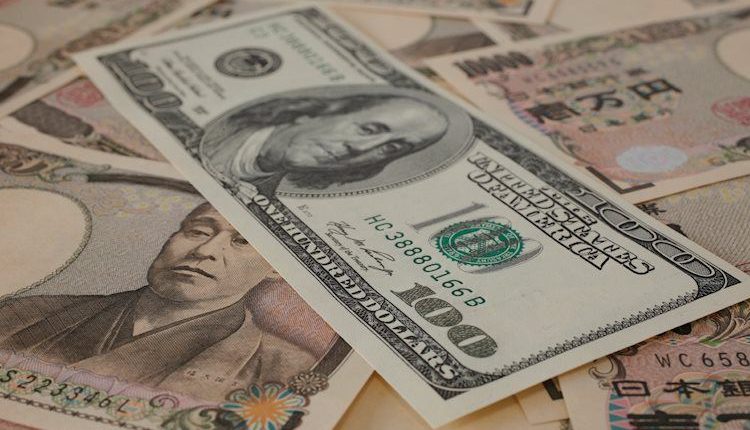- USD/JPY slumps to near 142.00 as the US Dollar corrects after the US PPI report release.
- The US headline and core PPI for August came in softer-than-expected.
- BoJ Tamura sees interest rates rising to at least 1%.
The USD/JPY pair falls sharply to near 142.00 in Thursday’s North American session. The asset declines as the US Dollar (USD) faces selling pressure after the release of the softer-than-expected United States (US) annual Producer Price Index (PPI) data for August.
The US Dollar Index (DXY), which tracks the Greenback’s value against six major currencies, corrects to near 101.60.
The PPI report showed that the annual headline produce inflation grew by 1.7%, slower than estimates of 1.8% and the prior release of 2.1%, downwardly revised from 2.2%. The core PPI – which excludes volatile food and energy prices – rose steadily by 2.4%, at a slower pace than expectations of 2.5%. The impact of the US PPI data appears to be insignificant on market speculation for the Federal Reserve (Fed) interest rate cut path for next week’s policy meeting.
According to the CME FedWatch tool, the probability for the Fed reducing interest rates by 50 basis points (bps) to 4.75%-5.00% in September remains at 13% as they were before the US PPI data release.
Going forward, investors will focus on the preliminary Michigan Consumer Sentiment Index data for September, which will be published on Friday. The sentiment data is estimated to have remained almost steady at 68.0 from the prior release of 67.9.
On the Tokyo front, the Japanese Yen (JPY) strengthens as Bank of Japan (BoJ) policymaker Naoki Tamura delivers a hawkish interest rate guidance. Tamura sees interest rates rising to at least 1% by the early second half of 2025. Tamura refrained from providing a pre-set interest rate hike path.
Japanese Yen FAQs
The Japanese Yen (JPY) is one of the world’s most traded currencies. Its value is broadly determined by the performance of the Japanese economy, but more specifically by the Bank of Japan’s policy, the differential between Japanese and US bond yields, or risk sentiment among traders, among other factors.
One of the Bank of Japan’s mandates is currency control, so its moves are key for the Yen. The BoJ has directly intervened in currency markets sometimes, generally to lower the value of the Yen, although it refrains from doing it often due to political concerns of its main trading partners. The current BoJ ultra-loose monetary policy, based on massive stimulus to the economy, has caused the Yen to depreciate against its main currency peers. This process has exacerbated more recently due to an increasing policy divergence between the Bank of Japan and other main central banks, which have opted to increase interest rates sharply to fight decades-high levels of inflation.
The BoJ’s stance of sticking to ultra-loose monetary policy has led to a widening policy divergence with other central banks, particularly with the US Federal Reserve. This supports a widening of the differential between the 10-year US and Japanese bonds, which favors the US Dollar against the Japanese Yen.
The Japanese Yen is often seen as a safe-haven investment. This means that in times of market stress, investors are more likely to put their money in the Japanese currency due to its supposed reliability and stability. Turbulent times are likely to strengthen the Yen’s value against other currencies seen as more risky to invest in.
Read the full article here

